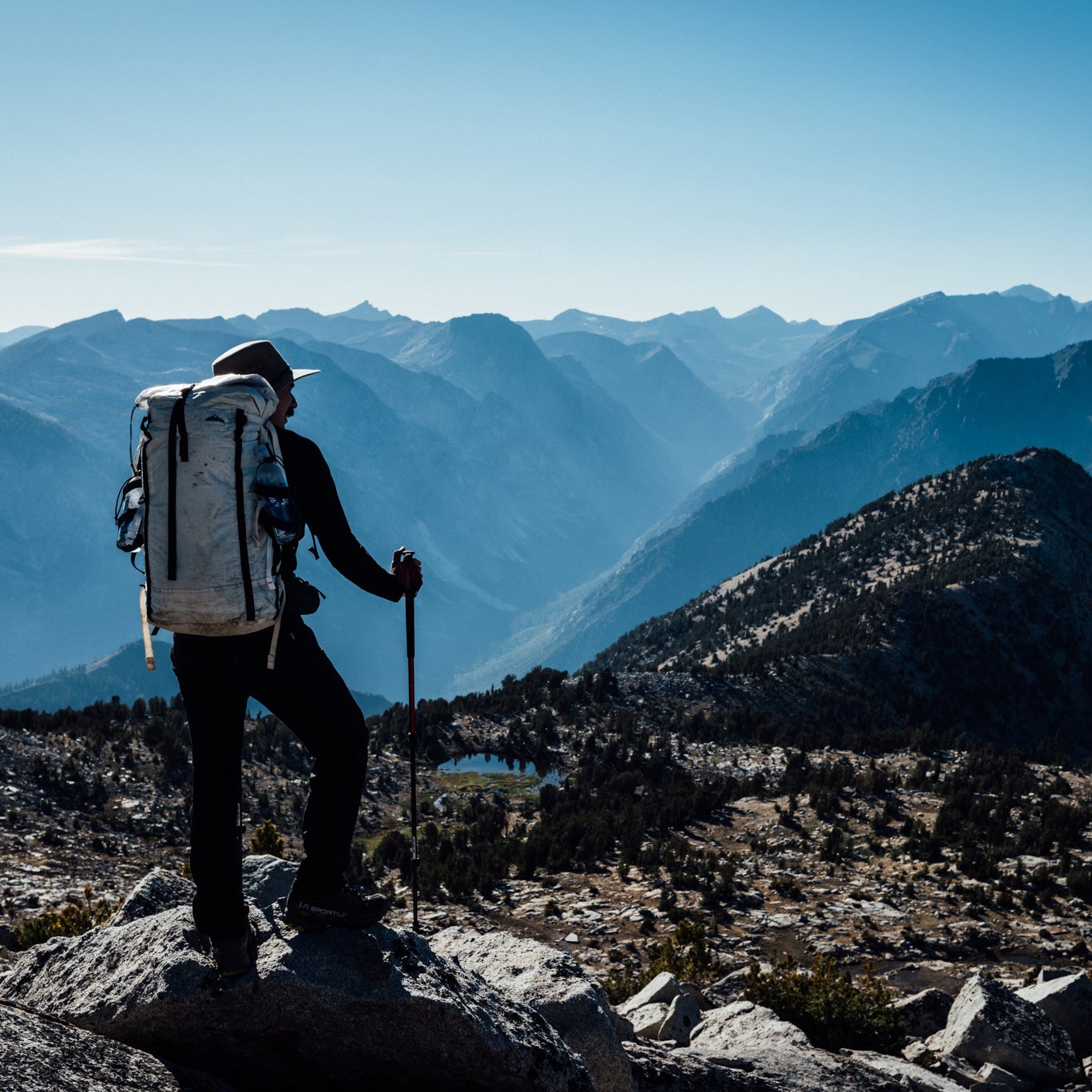Welcome to the first installment of IndefinitelyWild-on-���ϳԹ���’s weekly news roundup. Here we'll feature interesting developments in the outdoors, tell you what we’re up to, and give you a peek behind the scenes as we make you great stories. Here we go!
For American Visitors, Mexico is Safer than Staying Home
I wrote a story last week about beach camping in Baja, remarking on how safe and friendly it was, despite a popular perception that it’s just the opposite. Predictably, many commenters chastised me for giving bad advice, relating stories of a brother’s friend’s aunt’s Facebook friend who once heard a story about someone being killed there. The horror!
Well, Time just published this article, . Traffic accidents and drowning’s seem to account for most deaths (buckle up and learn how to swim people), but what about what everyone’s afraid of: violent crime? According to the article, 843 of 25,900,000 American citizens who visited in 2014 were murdered. In the US, Wikipedia tells me there were , in a total population of 318,900,000. Where are you more likely to get shot in the face? Well, that adds up to 3.8 murders per 100,000 Americans. The rate for Americans visiting Mexico? 3.3 Americans were killed for every 100,000 that visited. (The overall murder rate in the U.S. puts it at 91st, worldwide. Mexico is 85.) You're safer beach camping in Mexico than you are staying home.
The New York Times Discovers Conservation
Writing in The New York Times, Daniel Duane , free of human management. He asks: Will technology mean the end of animal populations that exist without human involvement?
The thing is, conservation has always involved human intervention in the lifecycles of wild animals. It sure didn't involve GPS collars, remote cameras, and the other 21st century technology that Duane is talking about, back when big thinkers like Teddy Roosevelt and Henry David Thoreau were , but it did involve humans. And, looking at the 130-year (or so) history of modern conservation as a whole, that human intervention has been wildly successful at bringing species like the whitetail dear, black bear, cougar, elk, et al back from near-extinction in the lower 48 states. If technology can mean even more success for animal populations, in a world where they're increasingly under pressure from the expanding human population, then I say bring it on.
The Importance of the Unknown
Writing in ���ϳԹ���-Journal, Chris Kalman makes areas on the map that require you to explore them yourself to learn about them. Geotagged photos, reports on websites like this one, and social media are responsible, he says, for filling in those gaps.
This is something that I personally struggle with as I make content for you guys to read. My instinct, as a journalist, is to tell you all about the places we visit, and make it easy for you to repeat our experiences. But, the nature/adventure lover in me, wants to keep them a secret, accessible only to people brave enough to go find them. It’s a balance I struggle with. Any input?
Dogs Are Better at Survival Than You Are
A german shepherd/husky mix on a remote island off the coast of California after falling off a boat, swimming two miles to shore, then living off mice and rats for five weeks. And he didn't even have a survival book with him!
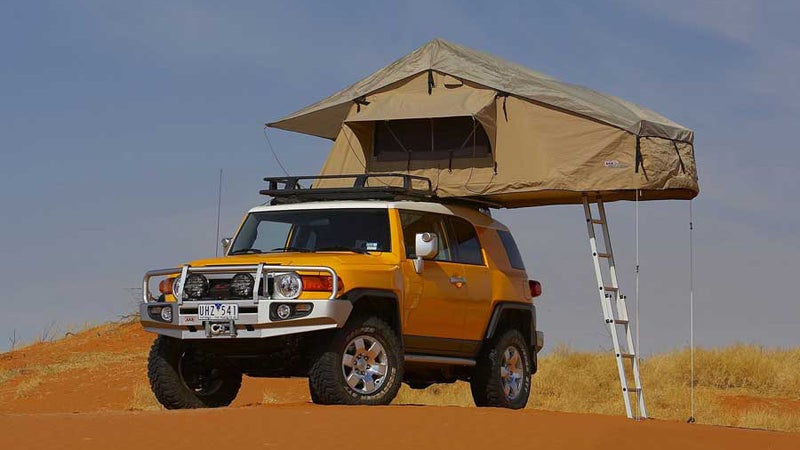
Roof Top Tents Buyer’s Guide
In the style of its over-the-top, obsessive compulsive testing, Overland Journal has assembled . If you’ve ever wanted one, it’s a great place to start. Scott, Sinuhe, and team know their stuff.
Personally though, I’d advise you to avoid roof top tents all together. As you’ll see they weigh a ton and cost a lot. I was actually having this discussion earlier today with Andy Goldfine, of fame. He wanted to see my dog, Wiley, learn to climb into one, to which I explained: Roof top tents are neat, but weigh 100 Lbs plus, and cost thousands of dollars. Most stock vehicles can't take that much on their roof, and it's enough to spoil the handling and ride of even a built truck like mine. Not to mention what little fuel economy I have left! Car camping? Buy the new instead. It’s basically a cabin that weighs just 18 Lbs.
The #CecilTheLion Fallout Begins
What happens when the combined might of every Internet commenter and flaky Instagram celebrity combine to fight trophy hunting in Africa? The money from hunters that dries up. Without funding, and without a check on its population growth, . Good work everyone!
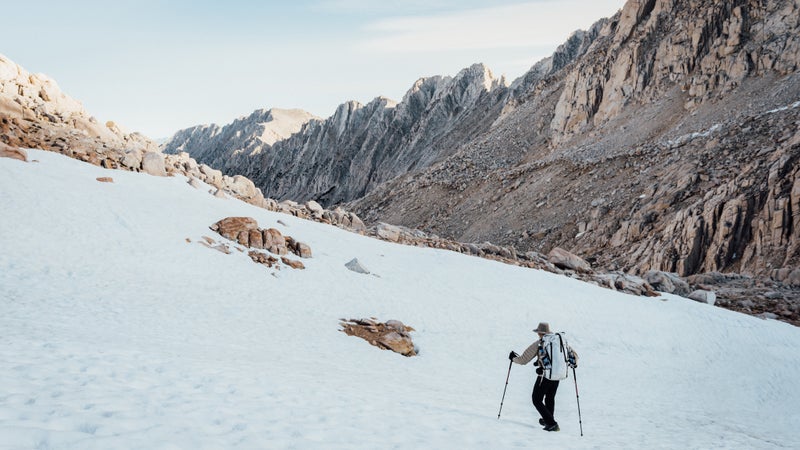
High Routes are a Thing Now
Bonkers long distance hiker Andrew Skurka writes on GearJunkie about backpacking trails that stick to peaks and ridges, avoiding the crowds of popular thru-hiking routes like the Pacific Crest Trail.
Read that, go read , then go do it.
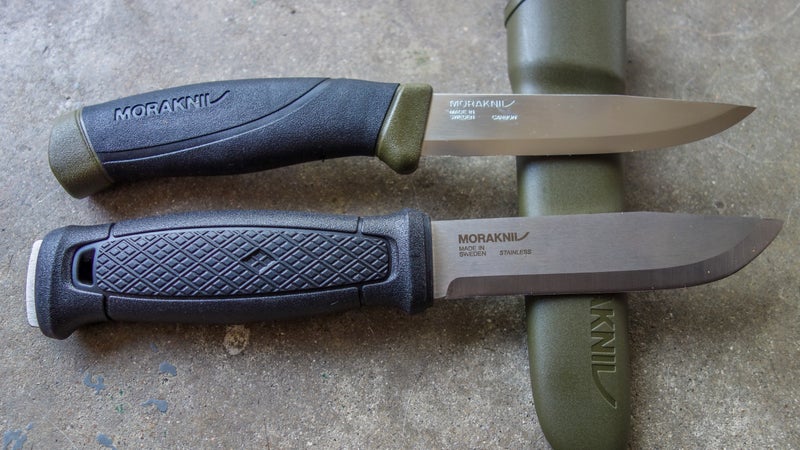
The Most Dangerous Thing in the Office This Week
Let’s steal a page from �¾������’s playbook. I bet our danger quotient is a bit higher though. Right now, I’m fondling . In case you’re unfamiliar, Morakniv has always made great knives that are astounding value. For just $15 or so, you get all the fixed blade you’ll ever need. This new Garberg adopts Internet-lauded features like a full-tang and thicker, squared-off blade stock. Does that make it worth its $110 price tag? We’re testing it to find out.
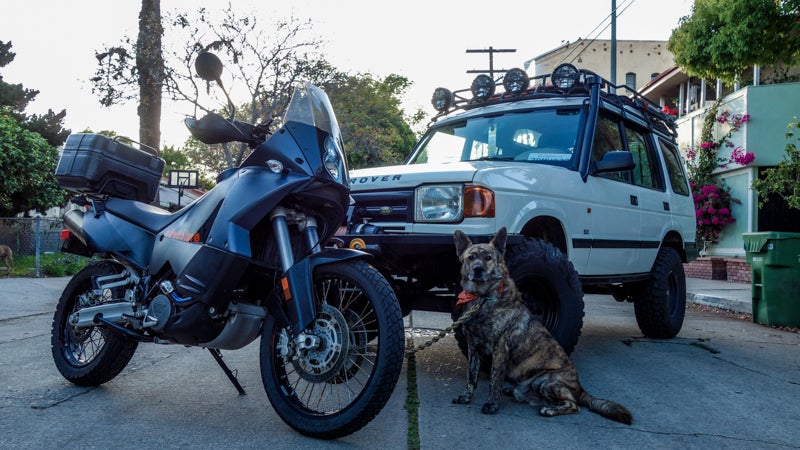
What You'll Be Reading Next
Chris, IndefinitelyWild’s photographer, is sitting on my couch right now, banging out a story about riding snowmobiles through Alaska. This Friday, he’s off to test the new , then flies (commercially) to the launch of the new . Meanwhile, I’m flying to New York to learn how to make maple syrup.
What we’re talking about, though, is our growing vehicle collection. We’re perusing Craigslist for a new truck for Chris, and I’ve been wrenching on my new-to-me 1999 Land Rover Discovery 1 SD (purchased from Sinuhe at Overland Journal) and the 2008 KTM 990 ���ϳԹ��� I just bought with only 10,000 miles on its clock. You’ll be reading about all that soon. I’m thinking my unreliable adventuremobile ownership experience should be a regular feature.
Watch This
https://www.youtube.com/embed/Ct3n-yks5iw


